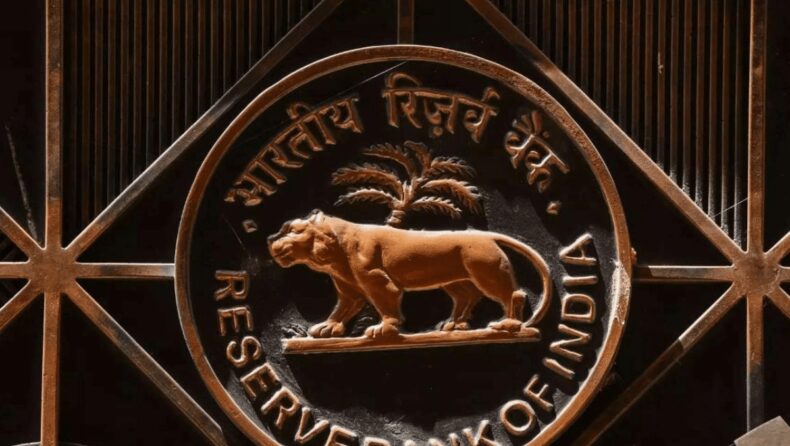On Friday, April 21st, the Reserve Bank of India (RBI) published its monthly bulletin, which primarily comprises five articles.
A speech, five articles, current statistics, the Monetary Policy Statement for April 3, 5, and 6, 2024, and the Monetary Policy Report for April 2024 are all included in the bulletin of the RBI.

The five articles are, per the declaration by RBI, are the following: State of the economy; Recent Inflation Regime Reversal: The Indian Experience; An empirical analysis of the role and factors affecting capital expenditure in Indian States; Industrial Relations Code and Labour Productivity: A Cross-Country Meta-Analysis; and lastly, an Aggregate Indicator of Real Estate Activity in India.
State of the economy
In reference to the first article, the RBI claimed that the current state of financial markets and the global economy is one of increased uncertainty. A comeback in contact-intensive services will help India’s overall demand conditions stay strong.

The piece by RBI mentioned that the economy is expected to do well due to expectations of a bumper rabi harvest, the fiscal push of infrastructure, and the revival of corporate investments in a few sectors. This highlighted the decline in consumer price index (CPI)-based inflation in response to monetary policy initiatives and supply-side measures from its peak of 7.8% in April 2022 to 5.7% in the fourth quarter (Q4) of FY 2024-24.
Recent Inflation Regime Reversal: The Indian Experience
This article, authored by Michael Debabrata Patra, Joice John, and Ashish Thomas George, examined recent regime shifts in inflation in India. As evidenced by a decline in inflation persistence, a softening of its underlying trend, a reduction in broad-basing, and a decline in the contribution of imported inflation, the Indian economy has been showing signs of transitioning from a low inflation regime since the second half of FY 2022-23, as stated by the RBI.
An empirical analysis of the role and factors affecting capital expenditure in Indian States
This article, written by Deba Prasad, Rath, Bichitranada Seth, Samir Ranjan Behera, and Anoop K. Suresh, looks into the connection between the state capital expenditure and gross state domestic product (GSDP) as well as the variables that affect the state capital expenditure decisions.

The analysis by RBI brings out the need to maintain a balance between the requirement for higher capital outlays and the goal of keeping the overall debt levels low and sustainable.
Industrial Relations Code and Labour Productivity: A Cross-Country Meta-Analysis
This article highlighted the 29 Central Labour Laws in India that have been codified into four codes, which include pay, industrial relations, social security, occupational safety, health, and working conditions. Fixed-term employment (FTE) was also introduced under the code on industrial relations. This article assesses the effect of FTE on labour productivity globally using a meta-regression study.
Although FTE is new to India, it has been in many foreign countries in Europe for several years, increasing firms’ flexibility in labour management. Labour productivity is positively affected and significantly impacted by FTE.
An Aggregate Indicator of Real Estate Activity in India
This article written by Dipak R. Chaudhari, Akanksha Handa, Priyanka Upreti, and Saurabh Ghosh underlines the fact that the real estate sector plays a crucial role in India in terms of being a large employer, an essential route for people to save money in physical form, and a key contributor to the country’s gross value added (GVA) as an early warning indicator. However, GVA data for the construction sector is available every three months with a two-month lag.

By creating a real estate sector activity indicator with a range of high-frequency indicators and a dynamic factor model, the paper tries to close the information gap.













